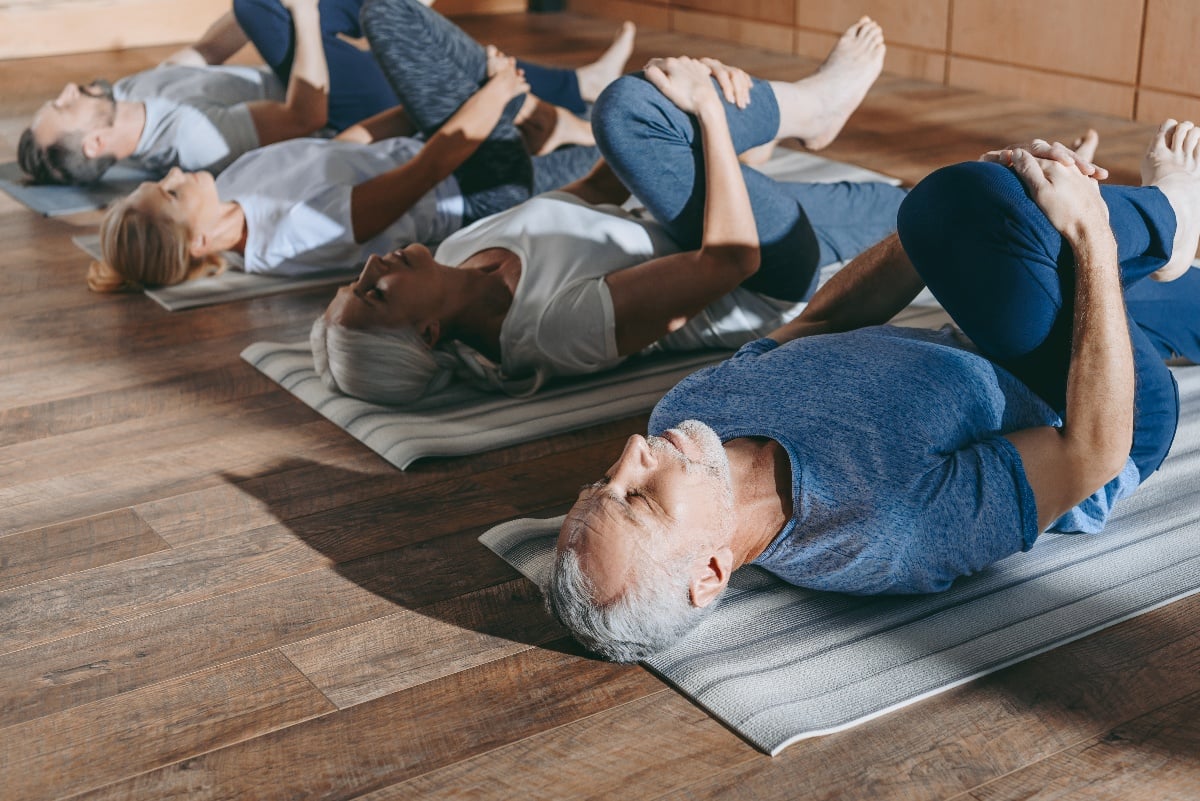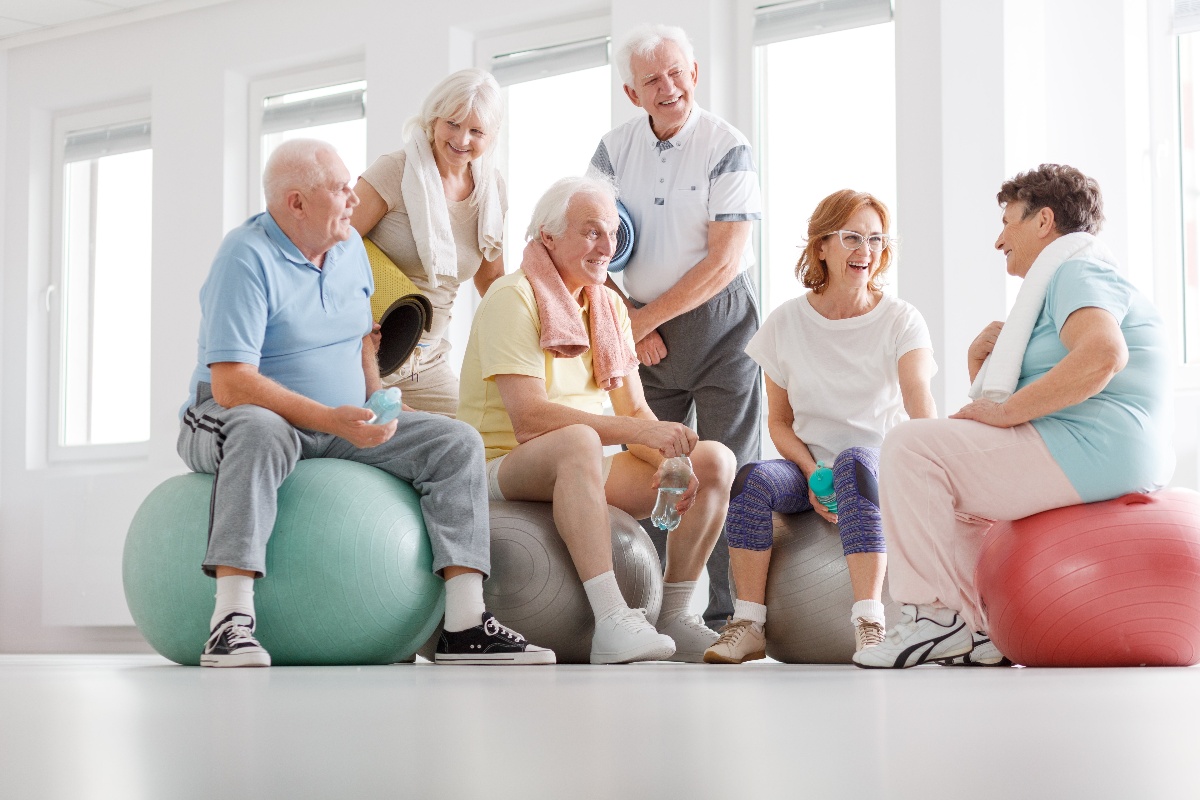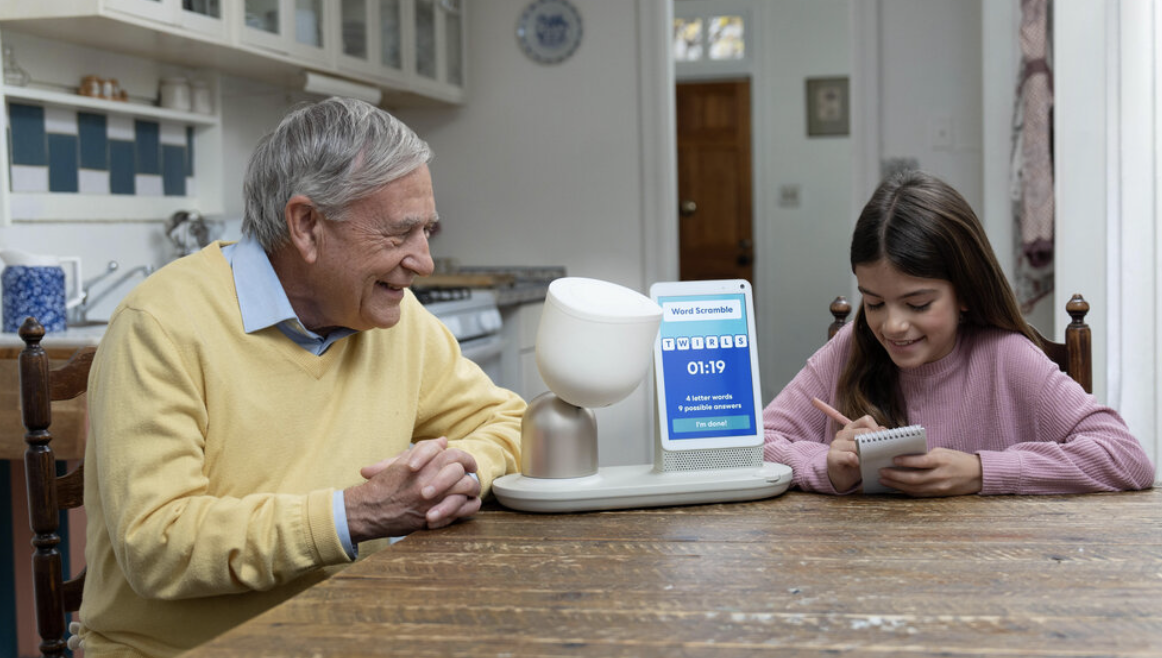Exercise for Elderly: Staying Active at Any Age
December 12, 2019 by Intuition Robotics Team
Disclaimer: Always consult your physician before beginning any exercise program.
By now, the case for exercise is clear as day - it’s an essential, imperative component of achieving optimal health, particularly throughout the aging process. According to the CDC, regular exercise can improve muscle, bone, cardiovascular health, and far beyond - and regular exercise throughout adulthood may even protect our muscles from damage and inflammation later in life.
In addition to its physical health benefits, exercise also has substantial mental health benefits, such as improved mood, wellness, and cognitive functionality. On the other hand, a low level of physical activity is associated with increased risk of mortality and developing chronic illness in adults aged 65 and up.
The WHO’s Global Recommendations on Physical Activity for Health notes that “At least 150 min of moderate-intensity aerobic activity, or at least 75 min of vigorous-intensity aerobic activity, or an equivalent combination” should be the weekly goal for adults aged 65 and older - more if possible.
Unfortunately, despite the vitality of exercise, getting an adequate amount of activity is often much easier said than done, and typically, older adults aren’t getting as much exercise as their younger counterparts.
This is due to factors like physical proximity and capacity, lack of motivation, lack of awareness of how to accommodate each individual’s abilities, and otherwise.
Despite age, physical capabilities, mobility or financial circumstances, exercising should be remain a top priority for everyone, particularly among elderly adults - it’s a crucial element to keeping them active, thriving, and independent throughout the aging process.
Let’s explore some realistic, senior-friendly solutions regarding exercise for elderly adults, including various options and tactics to consider, and how to stay fit and get moving at any age.
The barriers to getting enough exercise

Why aren’t older adults getting adequate exercise? There are several main aspects that tend to influence the frequency and magnitude of working out among seniors: proximity, awareness, and perplexity.
Proximity. Because many older adults either live alone, far from an accessible exercise facility, or they don’t have an easy means needed to get to one, working out in a class or group setting becomes more of an obstacle. This issue can be resolved by having a proactive strategy in place - either enlisting help from friends, family, or caretakers with rides, taxis, or public transport, researching options within walking or biking distance, or merely finding the right activities that can be done from virtually anywhere.
Awareness. We all know that exercise is important, but some older adults tend to overlook the full gravity of its importance. Additionally, they’re likely aware that they should exercise, but they may not know where or how to get started in changing up or intensifying their routine. That’s why it’s crucial to spread awareness on this topic, and to help seniors understand that there’s a myriad of options, suitable for everyone. Through increased widespread education, awareness, and research on this topic, we can start to change the narrative around exercise, and inspire a new era of older adults to continue chasing their fitness goals.
Perplexity. As older adults’ physical abilities begin to change and debilitate over the years, it leads to confusion regarding which activities they should and shouldn’t engage in, or how to find the right exercise tailored and adapted to their individual capabilities and bodies. This is where group activities with a trained instructor or physical therapy is ideal. A professional will help strengthen and improve any shortcomings and find the ideal options to suit their unique needs.
Selecting the right exercise options

Though finding the time and motivation to get moving can be a challenge, there are a number of great ways to get active, sufficient for virtually every budget, schedule, and physical capacity. Below are some options and ideas to help you or your loved ones get started - and get inspired.
At the gym or senior center. Some great senior-friendly options that can be done either individually or in a group setting include: water or floor aerobics, stretching, yoga, pilates, tai chi, golf, tennis, racquetball, swimming, cycling, or weights. The nice aspect about group classes is that the instructor will assist in adapting the exercises for each individual’s body and capabilities throughout the class.
Exercises to try out at home. Several of the activities mentioned above can be adjusted for the house (such as yoga, tai chi, stretching, etc.). Some additional ideas include walking or biking around the neighborhood (these can also be great in a group), or even tasks around the house (cleaning, gardening, laundry, walking up stairs, etc.), as well as resistance bands, dancing, or exercise videos.
Mental health exercises. Though physical activity is a vital aspect of healthy aging, mental aspects of health certainly shouldn’t be ignored. Taking part in the right mental health activities can improve mood and stress levels. In addition to the combined mentally and physically stimulating activities like yoga, pilates, tai chi, or walking and cycling in nature, some other great ideas to consider are meditation or mindful breathing exercises - even a few minutes a day can make a difference.
Getting moving towards happier, healthier aging

Now that we know just how important it is for older adults to stay active throughout the aging process, it’s time to take action. The first step to generating large-scale change is mere education and awareness.
The more people start to understand the importance and ease of incorporating more frequent exercise, the more we can tackle this issue head on - and the more of a large-scale impact we can achieve going forward.
Hopefully in the years ahead, as awareness on this topic continues to spread, a growing number of older adults will feel motivated, inspired and inclined to exercise regularly.
As our understanding of physical activity and its health benefits for aging adults further evolves, we’ll bring forth a new chapter of happier, healthier aging for all. For now, let’s get physical - and encourage others to do the same.
Recent posts
.png)
The benefits of an AI-driven social robot for area agencies on aging
by Intuition Robotics Team


